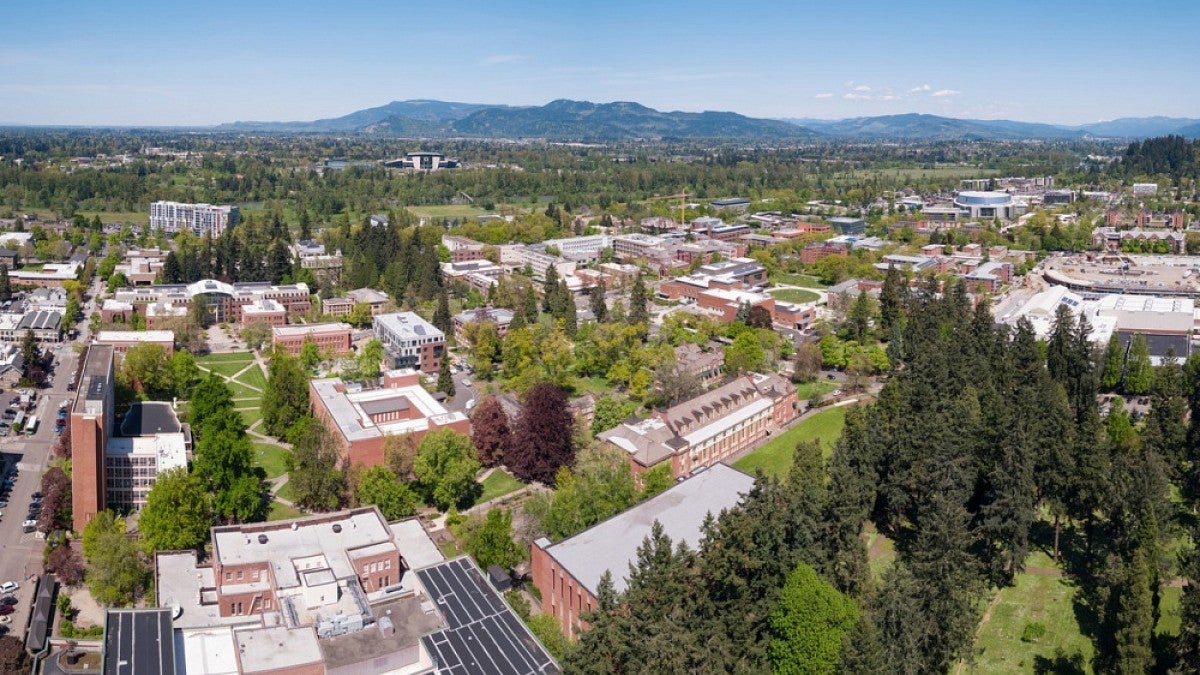As part of an initiative by President Michael Schill, the University of Oregon has launched a new transparency website to help people learn more about the university and its budget, operations and administration.
“This website is intended to make navigating the large volume of information the university shares related to operations and finances easier and more accessible,” Schill said. “As a public institution, we are committed to transparency and accountability. This website is an important resource in making sure we are staying true to our mission.”
The purpose of the new transparency website is to share comprehensive information about the UO’s revenue sources, costs, research data and student success efforts.
The website will serve as a single location to find links to the many budget documents, audited financial statements, research funding statistics, enrollment and graduation data, and public records request responses that the university already posts publicly online. The website brings links to all of this information and more to one easily accessible location.
These are complex topics for any organization, but especially for a university. With a frequently asked questions section, the website will provide digestible answers to questions like “How is tuition set?” or “How can the university pay for new buildings and athletic facilities while also needing to cut costs?”
Schill recently discussed the complexity of the university’s budget and operations in an email to the campus community. The president explained the different sources of revenue for the university, as well as the restrictions associated with each.
The website will be updated regularly as annual and quarterly reports are released, along with other topical materials or emerging issues related to the university as they surface. The transparency website team welcomes feedback and suggestions for additional resources to be included on the website. Emails can be sent to transparency@uoregon.edu.
—By Saul Hubbard and Jesse Summers, University Communications


